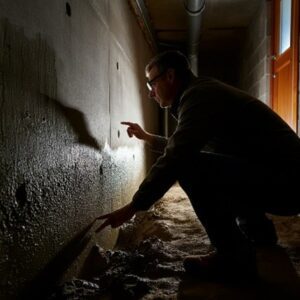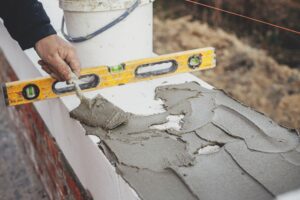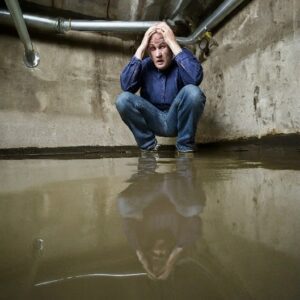Is your floor not level? Are your doors and windows out of alignment? Maybe you have unexplained wall cracks. No, your house probably isn’t haunted, but it may need underpinning to bring things back to square. The cause is probably some version of what we call “subsidence.”
Home subsidence. What is it?
Subsidence is where all or part of your house starts sinking into the ground, putting strain on the building, and causing cracks to form.
It’s a similar issue to heave, where the land beneath the property rises, but will usually have the same results, namely a disruption of the structural foundation and inevitable damage.
What causes subsidence?
There are many causes of subsidence, both geological and man-made. Here are some of the main risk factors:
- Clay heavy soil underneath the foundation.
- Drought prone areas causing the soil underneath to dry out and compact over time.
- Trees and large shrubs with expansive root systems adjacent your property.
- Older properties with shallower, less sturdy foundations.
- Leaking water pipes or improper/damaged roof drainage funneling water onto ground nearby the foundation.
How to spot subsidence
You can identify the signs of subsidence. One of the most common signs is subsidence cracks. Cracks in your house may have been caused by subsidence if they’re:
- Visibly wider than normal.
- Diagonal.
- Wider at the top than they are the bottom.
- Visible from the outside and the inside.
- Close to doors and windows.
- Other signs of subsidence are:
Wallpaper crinkling where it meets the ceiling.
Doors and windows sticking because of warped frames.
Cracks where an extension joins the property.
Walls out of level.

It is important that you keep these signs in mind when inspecting your property or buying a new one, as knowing how to check for subsidence will ensure that you can act appropriately to mitigate.
What to do if you spot the telltale signs of house shifting caused by subsidence.
Call Shield Foundation Repair. We have the equipment and experience to oversee the smallest or largest underpinning project be it commercial or residential. Whether it be steel push piles or concrete friction piles, Shield can install piles directly under the footings of the building with our unified hydraulic lifting system, allowing the building to be lifted safely and securely, unlike other methods typically employed. This provides uniform lifting of the structure by eliminating point loading and potential damage. Shield uses this same system to lift and jack and roll structures like homes and commercial structures, even bridges! We monitor the structure taking frequent measurements during the entire process inside and out to minimize damage and ensure we bring it back to level.

Is your home or business a little “out of whack”?
Call us today for a free consultation to get you back on the level.




